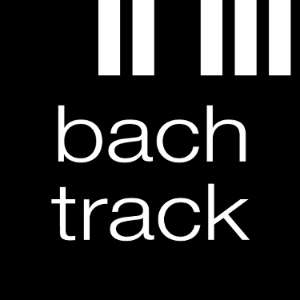One of the most prolific composers of the 18th century, many of JS Bach’s works were lost or misplaced after his death in 1750. Others quietly lie overlooked and unattributed in archives until today.

Two such pieces were revealed on Monday at Leipzig’s St Thomas Church, Bach’s old home as the city’s Cantor. These pieces, Chaconne and Fugue in D minor, and the Chaconne in G minor, had been known in manuscript form since the early 1990s – but only now have been confirmed to be by Johann Sebastian Bach.
Bach researcher Peter Wollny saw the undated manuscripts in the Royal Library of Belgium in 1992. They are notated not in Bach’s distinctive music handwriting, but by another unknown scribe.
This handwriting was later identified as belonging to one of Bach’s pupils, Salomon Günther John, with the copies made around 1705 when Bach was working as the organist of the New Church in Arnstadt. This makes them early works, when Bach was around 20.
“Stylistically, the works also exhibit characteristics that are found in Bach’s works of this period, but not in those of any other composer,” Wollny commented. “For a long time, I searched for the missing piece of the puzzle to attribute the compositions – now the whole picture is revealed.”
In a concert in Leipzig, the newly identified pieces were performed by renowned Dutch organist Ton Koopman. “When one thinks of the young Bach or Mozart, it is often assumed that their genius came later – but that is not the case!” Koopman said. “These two works possess a very high quality that is hardly to be expected from such a young person.”
Culture minister Wolfram Weimer and Leipzig mayor Burkhard Jung joined Wollny to celebrate the publication of these newly identified works.
The Toccata and Fugue in D minor, one of Bach’s most famous organ pieces, supposedly dates from around the same period – but has itself been the subject of major debate over its attribution. The musicological consensus today is that it is likely not by Bach, and no early manuscripts of the work survive.
These two newly confirmed pieces have much firmer material provenance, and there are also allusions to the music of Bach’s teacher, Georg Böhm. Bach’s Chaconne is also alluded to in the contemporary cantata Nach dir, Herr, verlanget mich (For Thee, O Lord, I long). From around 1707, it is posited to be Bach’s earliest cantata.
The two organ works, denoted BWV 1178 and 1179, are published by Leipzig-based Breitkopf & Härtel, a longstanding music publisher that issued printed music by Bach during his lifetime.


